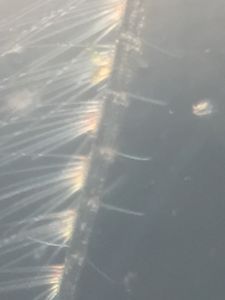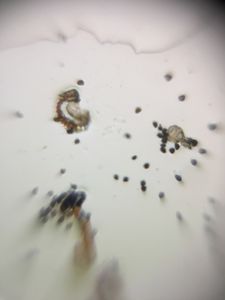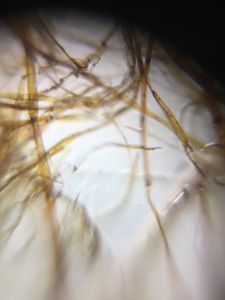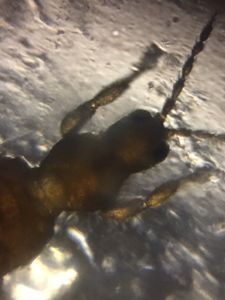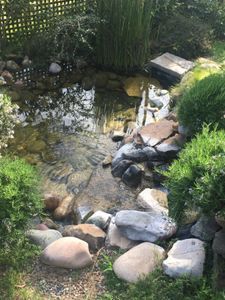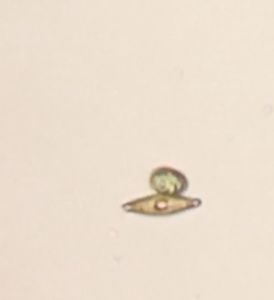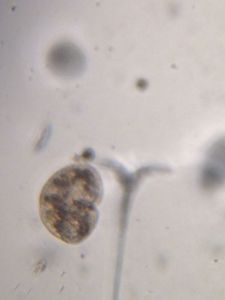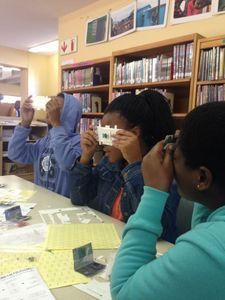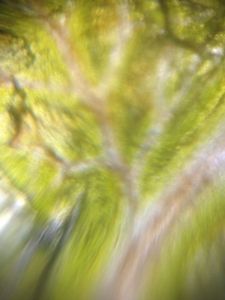Hungry hungry Vorticella
 Jul 22, 2016 • 10:20 AM UTC
Jul 22, 2016 • 10:20 AM UTC Unknown Location
Unknown Location 140x Magnification
140x Magnification Microorganisms
Microorganisms
MaxCoyle
Learn about the author...
16posts
17comments
3locations
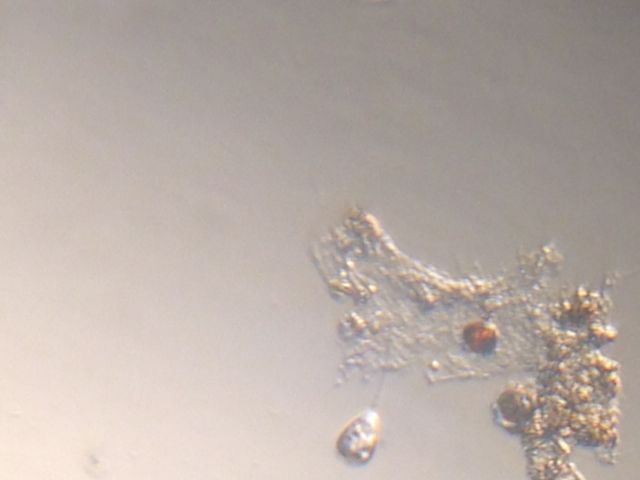
This week I spent some time imaging Vorticella ciliates, lazy little couch potatoes (or algae potatoes?) that anchor themselves to something solid and wait for their prey to come swimming by. Because of their stationary lifestyle, they are easy to find in water samples, and gave me a good chance to practice my Foldscoping technique, specifically to finely adjust focus and illumination to get the best images.
By placing an architect lamp on the floor with the bulb facing up, and resting my foldscope-coupled phone on a desk above, I was able to get bright, even illumination and a stable field of view (shouts to @laks and @jim for recommending this type of setup)
.
By placing an architect lamp on the floor with the bulb facing up, and resting my foldscope-coupled phone on a desk above, I was able to get bright, even illumination and a stable field of view (shouts to @laks and @jim for recommending this type of setup)
.

For the above image, I used the wedge focus technique to get the sample as focused as possible (https://microcosmos.foldscope.com/?p=16093) and used pseudo-phase illumination to generate good contrast. At this point, I wonder if the main limitation to my imaging set up is the quality of my phone camera, which is somewhat old.
More fun, though, is to see the above Vorticella in action:
More fun, though, is to see the above Vorticella in action:
Around 15 seconds into the above video, the Vorticella opens its mouth parts and starts sweeping water in with its cilia. You can see a bacteria caught in the ensuing vortex…at one point the bacteria gets caught in the Vorticella’s den, and the ciliate’s myoneme contracts quickly and it appears to gulp down the bacteria.
To get better imaging of the bacteria, I tried switching to a dark field mode in the following video, with a different Vorticella specimen. When I switch into dark field about halfway through, you can appreciate how abundant the bacteria in the water are:
To get better imaging of the bacteria, I tried switching to a dark field mode in the following video, with a different Vorticella specimen. When I switch into dark field about halfway through, you can appreciate how abundant the bacteria in the water are:
There is also another ciliate in the above video, which my amateur eyes cannot taxonomize.
Things got really interesting when a third ciliate joined the picture, and this time got caught up in Vorticella’s vertiginous vortex. From what I’ve heard Vorticella does eat other ciliates, but it seems to keep missing this one. What ensues is rich physical comedy. Eventually the ciliate seems to bop Vorticella on the head and swim away unscathed. Ultimately, I was left wondering: who was the aggressor in this interaction? Or is it just coincidental bumblings?
Things got really interesting when a third ciliate joined the picture, and this time got caught up in Vorticella’s vertiginous vortex. From what I’ve heard Vorticella does eat other ciliates, but it seems to keep missing this one. What ensues is rich physical comedy. Eventually the ciliate seems to bop Vorticella on the head and swim away unscathed. Ultimately, I was left wondering: who was the aggressor in this interaction? Or is it just coincidental bumblings?
Would love to hear more if you know about Vorticella’s feeding habits, specifically how large of prey it will typically go after? How does it decide when it open its mouth – can it even detect what other organisms are available for munching on?
Sign in to commentNobody has commented yet... Share your thoughts with the author and start the discussion!
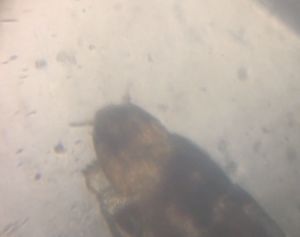
 0 Applause
0 Applause 0 Comments
0 Comments